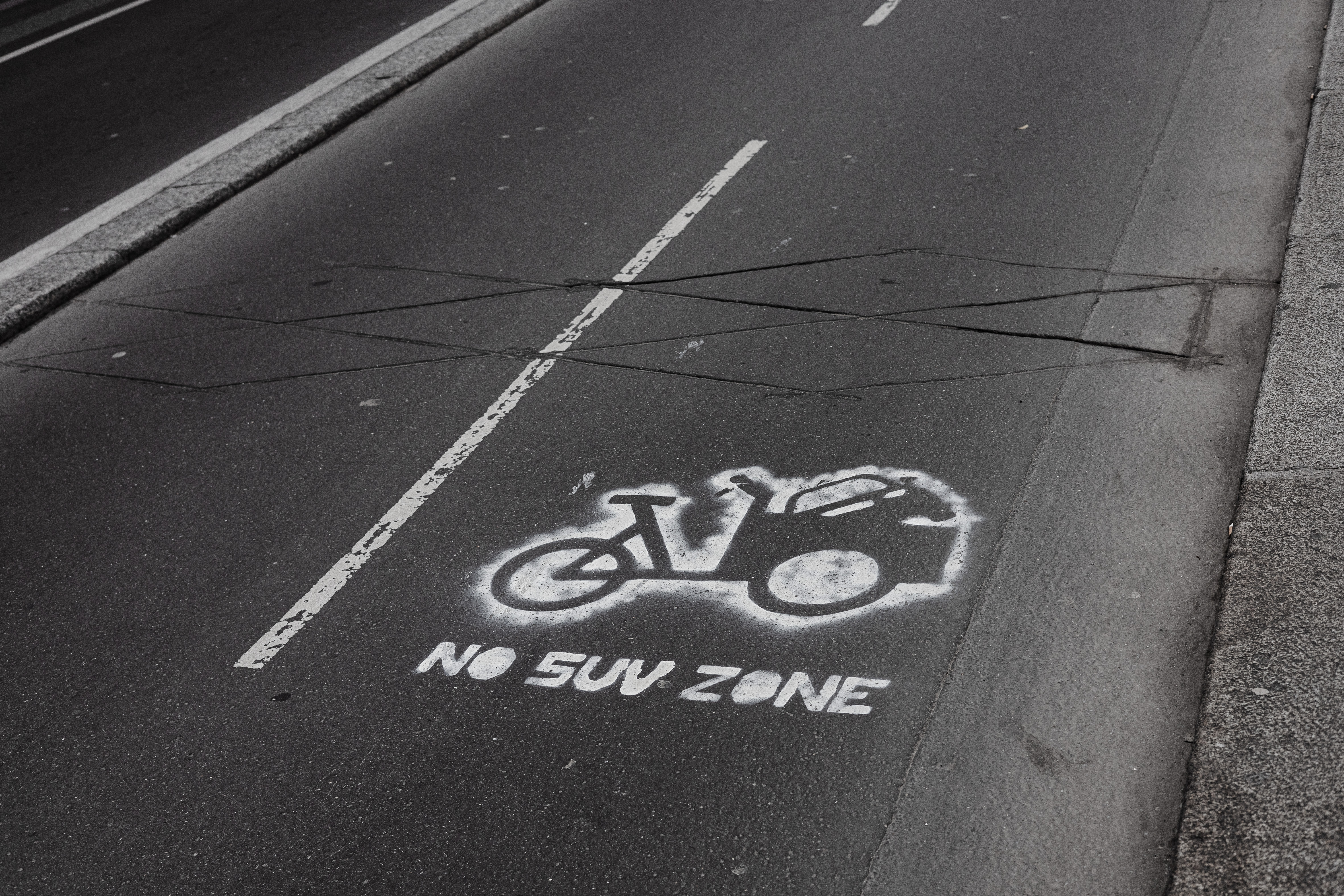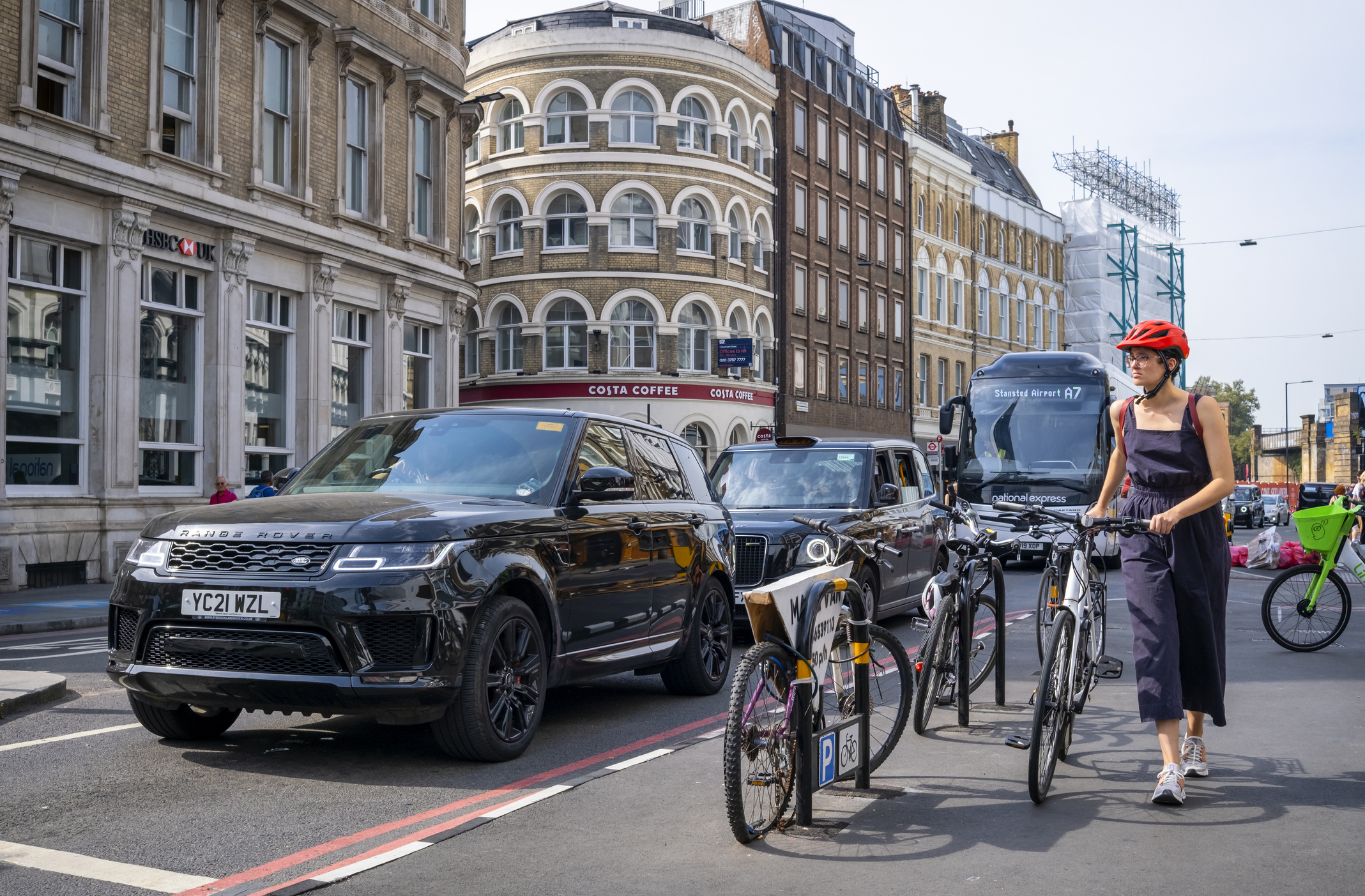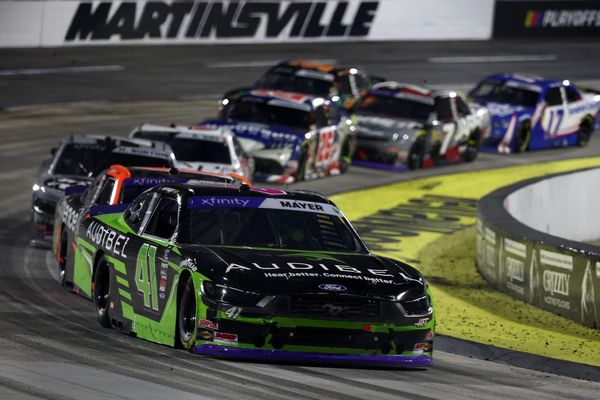
As a cyclist – and likely as a motorist too – it won't have escaped your notice that cars keep getting bigger. Perhaps it will have been the hulking shadow that enveloped you from your rear quarter when you were last out riding. Or, if you've been driving a while, the fact that your new motor now has as much in common with your living room as it does with the first car you owned.
Personally, I find that trying to gain access to my comparatively modestly-sized vehicle in a car park is always sure to draw my attention to the fact that a small house appears to have been built in the neighbouring space while I was doing the shopping. As are the clumsy 'is my car really that big?' overtaking manoeuvres I'm subjected to by various Surrey SUV owners while I'm out on my bike.
I'm not going to blame drivers for desiring more comfortable, better and safer cars. But constant car-bloat is becoming an issue – one that will eventually have to be addressed, because the size of the roads and the parking spaces isn't keeping up with the vehicles they're designed for.
According to a brief released by green transport advocate Transport Environment earlier this year, cars have been growing bigger by a centimetre every two years and are now approaching – and even exceeding in certain cases – the 2m mark.
Contrast this with popular cars from 25 years ago such as the Ford Scorpio. One of the biggest cars on the road in the 1990s, it was nevertheless a full 25cm narrower than, say, the current BMX X5 SUV. A huge difference – especially for a bike rider attempting to vie for space with two such vehicles, one on either side of the road.
Comfort and luxury
Exactly what is driving this increase in size (no pun…) is not entirely clear, says AA road safety manager Tony Rich – who was also the creator of the company's 'Think Bike' campaign.
"We're asking the same question," Rich said. "I think it's driver demand, really. People want more comfort, more luxury, and that comes at a cost.
"There's a lot more equipment in vehicles as well now," he adds, "All the functions that we want – the infotainment systems, the preheating, the electric seats… all of these things need control units to work them. And those control units need to go somewhere."
That much makes sense, but ever-bigger cars on roads that don't change do not. According to a Sustrans report released last year, "the higher the percentage of wider vehicles on the road, the less space there is on the road for vulnerable road users".
It demonstrates this in a diagram showing that a bike rider who would have been afforded 18in (450mm) of space either side of their machine when cars passed in 2000, will now have around 4in (100mm) when passed by today's cars.
Cycling UK's head of campaigns, Duncan Dollimore, points out that this loss of real estate on the roads can come in various forms, all with negative consequences.
“The safety implications for people cycling and walking need to be taken more seriously if cars continue on this trajectory," he says. "For people who cycle, it forces them to move further into the middle of the road to avoid being ‘car-doored’, and closer to oncoming traffic, which is likely to be just as wide.
"More road space taken up by bigger cars can also lead to some drivers attempting to overtake cyclists where there isn’t sufficient space or time to do so safely," Dollimore adds.
“Bigger cars therefore result in us effectively losing some of the useable space on our roads that we all share, even when they’re not being driven anywhere. If we want to encourage more sustainable transport through cycling, wheeling or walking then we need to also consider the role that car size plays.”
Wider harms
More worrying is the bigger vehicles' potential to do harm. The Sustrans report is a bit of a horror story in this respect, quoting studies that show SUVs inflict more serious injuries and that a cyclist hit by one is more likely to be run over. It adds: "SUVs are overrepresented in fatalities relative to the proportion of their involvement in crashes – they struck 14.7% of pedestrians and cyclists but were involved in 25.4% of fatalities."
The report lays the blame largely at the door of weight, with momentum increasing as weight goes up.
"To reduce their danger, SUVs would be required to have a lower speed limit to counteract their considerably higher mass," the report says.

The Transport Environment study underlines this, explaining that increased width means increased height and increased danger: "Increased width enables the height of the vehicle to be further raised. Vehicle fronts raised by 10cm carry a 30% higher risk of fatalities in collisions with pedestrians and cyclists."
The obvious question at this point is where will it all end – because without redesigning all our trunk roads, it does have to end somewhere. Incredibly, current regulations would allow cars to grow to be 2.5m wide and 12m long – about the size of a UK bus. But, before things reach those bloated proportions, there is also the consideration of lane size, points out Tony Rich, something that autonomous cars rely on.
"I shouldn't imagine we're far off the point [where car width plateaus], because if you think of autonomous vehicles, they rely on lane width and lane markings," he says. "So if we wanted vehicles to keep getting bigger and bigger, then we would need a complete infrastructure change, because we'd need wider roads and wider lanes on motorways."
Transport Environment's report concludes that regulations allowing cars to be so big is the same as having no regulations at all. "Bigger cars have adverse impacts on people and the planet," it adds, and suggests that the impact of big cars should be monitored more closely in the future, with revised data analysis that allows for this, including fatality and collision data that defines a vehicle's type and weight.







